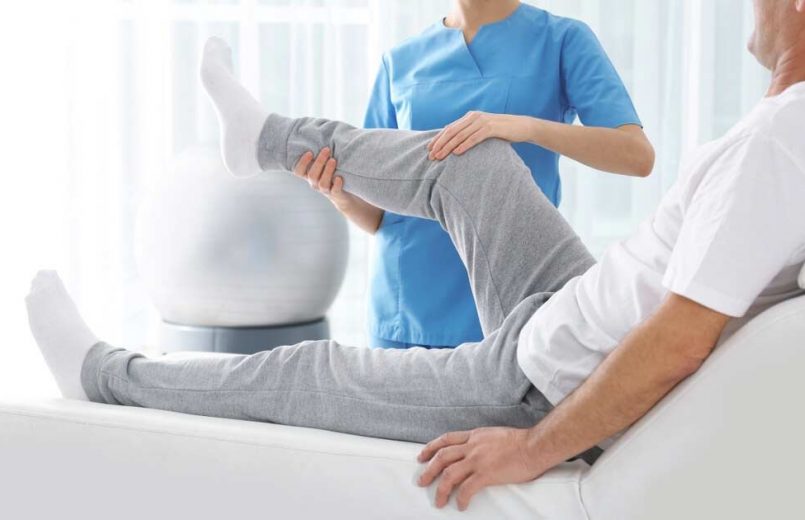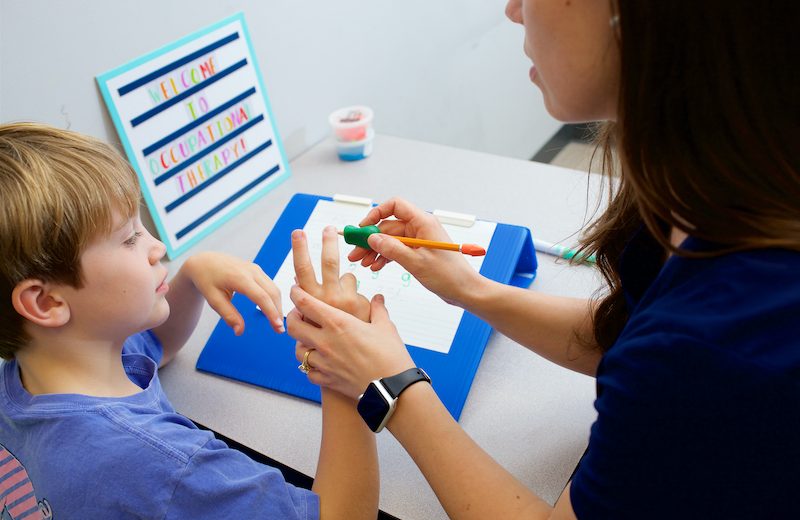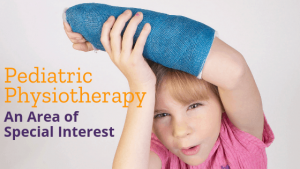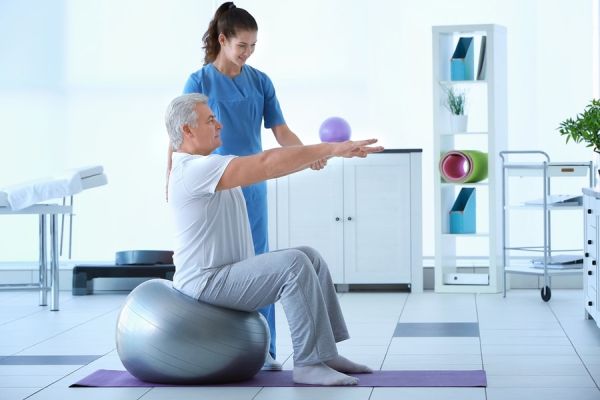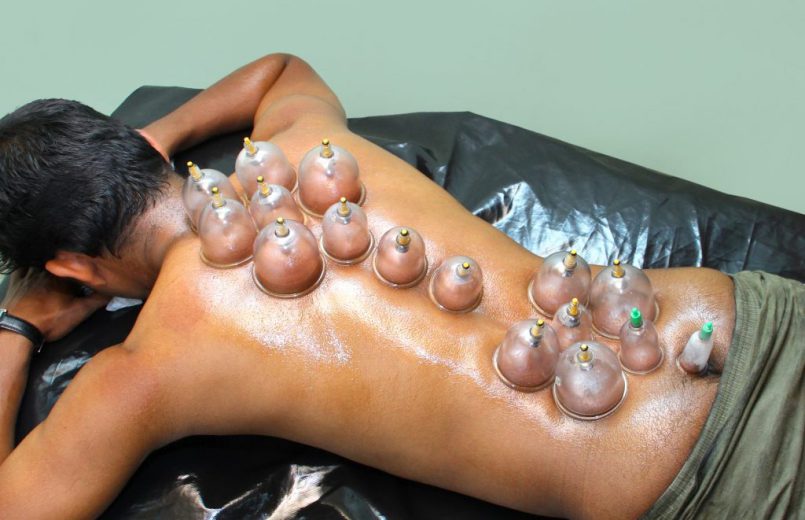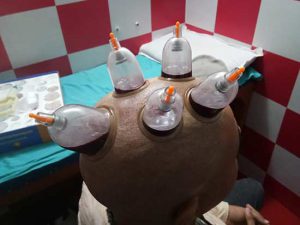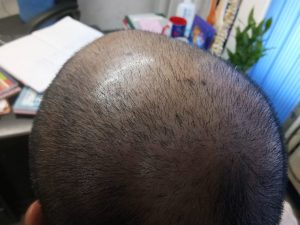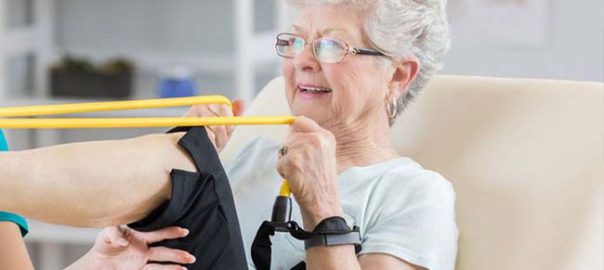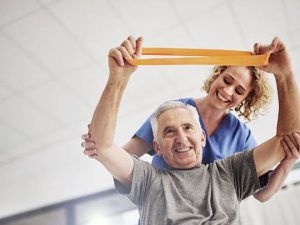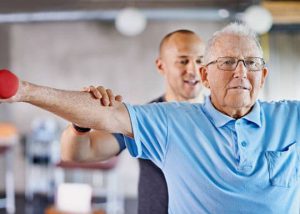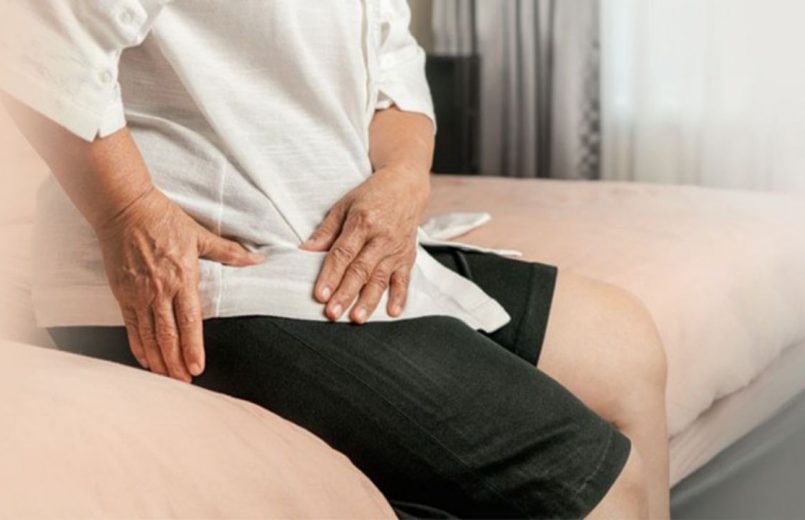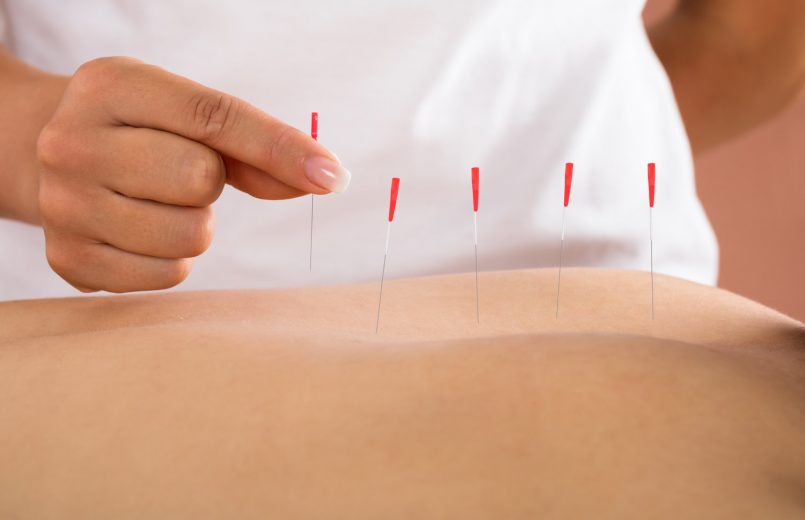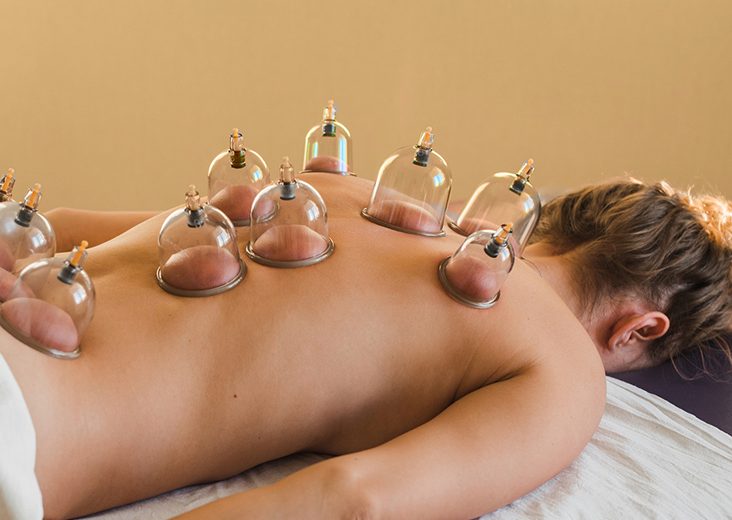If your back hurts, back pain physiotherapy in Dwarka can be your ticket to relief. It eases pain and helps you move better.
If you get rehab when your back problems first show up, you might be able to avoid surgery. And if you do need an operation, physiotherapist in Dwarka, Delhi can help you recover.
Getting Started
Your goal for physical therapy is to make your everyday tasks and activities easier. It will help you with walking, climbing stairs, or even getting in and out of bed.
Whatever your needs, your physiotherapist in Delhi can come up with a treatment plan to suit you. But the first thing he’ll try to do is ease your back pain and boost your flexibility. To do this, he may try what’s called “manual therapy.” It’s a fancy way of saying “hands-on” treatment. It can include:
Massage. It helps relax your muscles, increases circulation, and eases pain in your soft tissues.
Mobilization. Slow, measured movements are used to twist, pull, or push bones and joints into position. This can help with flexibility.
Manipulation. Your therapist puts pressure on your body with his hands or a device. It can range from gentle to strong, and slow to fast.
At Home or in the Office
Your physiotherapist in Dwarka can teach you specific stretching exercises to get rid of pain and stiffness.
After focusing on your pain, the physiotherapist in Delhi will probably work to improve your flexibility, strength, and endurance.
A lot of it can be done at home or at work. Here are some tips:
Keep good posture. Do this throughout your daily activities. Be sure to listen to your body. If you feel sore or stiff, change your posture and your body mechanics.
Sit up straight. It feels better and puts the least amount of stress on your back. And when sitting, arch your back five to 10 times if you feel stiff.
Regular stretching leads to good posture that you can keep doing with little effort. Try these stretching exercises at home or at your work desk:
- Shoulder rolls, backward, 10 times
- Shoulder blade squeeze, 10 times
- Chin in, 10 times
- Chin in and slowly stretch your head back, 10 times
- Turn your head over your shoulders, 10 times each way
- Standing back-bend stretch, 10 times
The idea is to strengthen and re-teach your muscles so that you can handle daily activities.
Live Smart
Day or night, you can keep pain away if you practice some good habits:
Sleeping. When you’re turning in for the night, get into a neutral position, either on your back or side. Avoid lying on your stomach if you have neck pain. When you lie on your side, look ahead, not down at your feet.
Driving. Sit up straight with your head against the headrest and straighten your arms to keep your shoulders back. Tilt the rearview mirror so that you need to get into an upright posture to get a good field of vision.
Computer. The screen should be at eye level, your head should be back, and your chin should be in. Sit back in the chair and use a lumbar roll. Try to keep whatever you’re reading or viewing at eye level.
Hobbies. For things like quilting, sewing, and scrapbooking, don’t look down for a long time without taking a break. Change your position and stretch in the opposite direction about every 20 minutes.
Gardening. Take frequent breaks. Half-kneel or squat when working.
Cleaning. Half-kneel or squat, when possible, to keep your spine in a neutral position.
Watching TV. Sit up straight. Don’t slouch. Get up from time to time and walk around.


